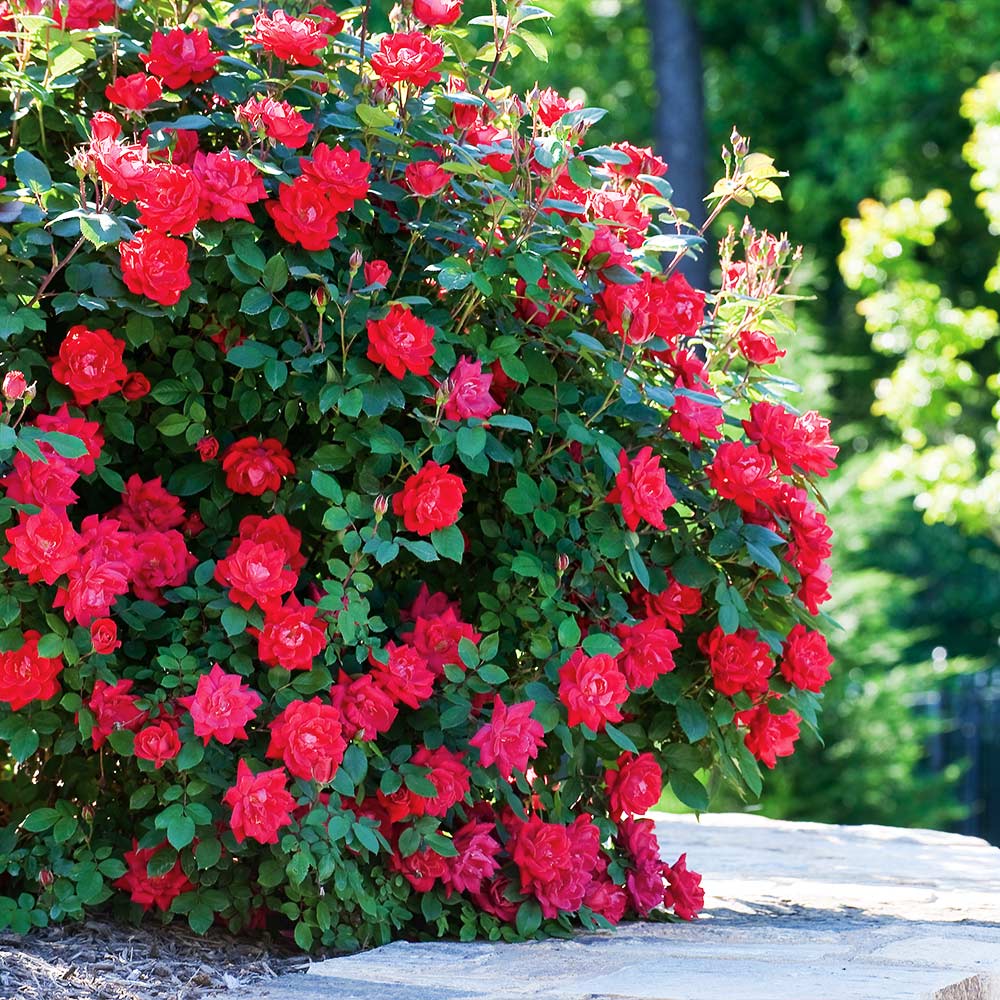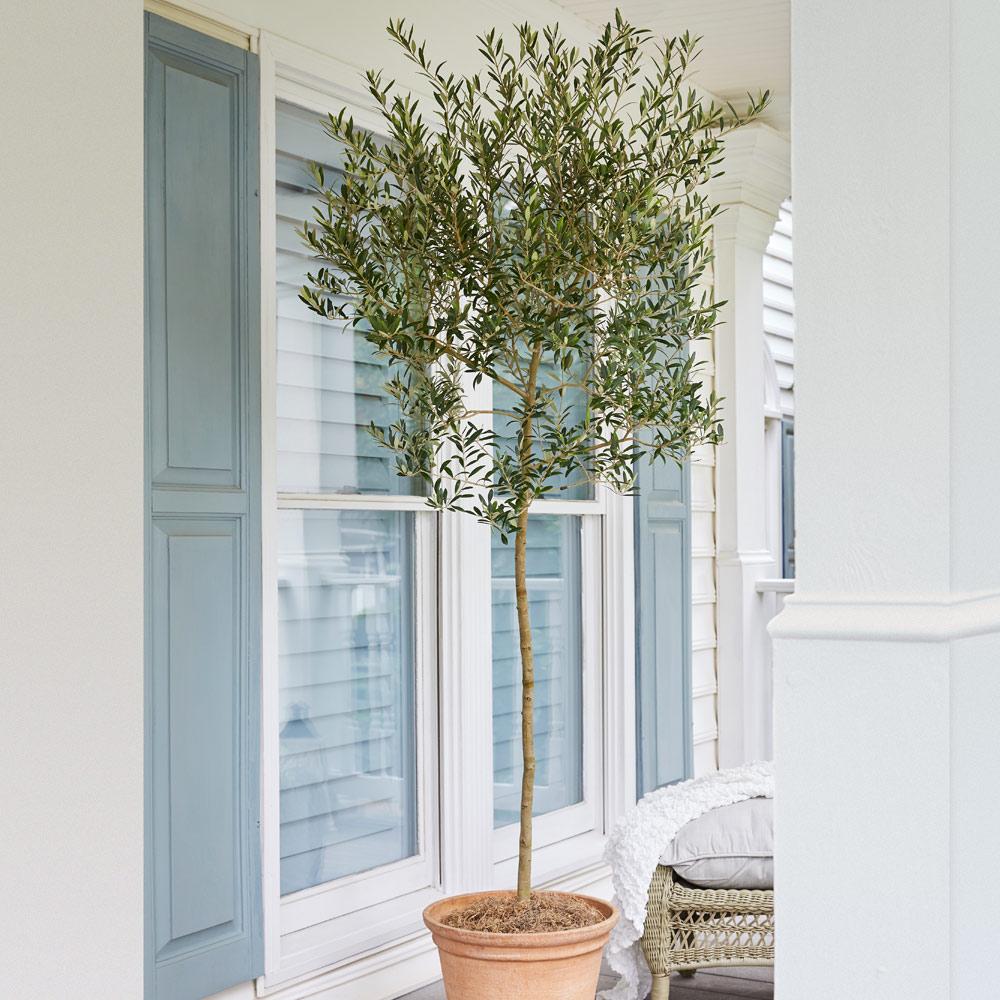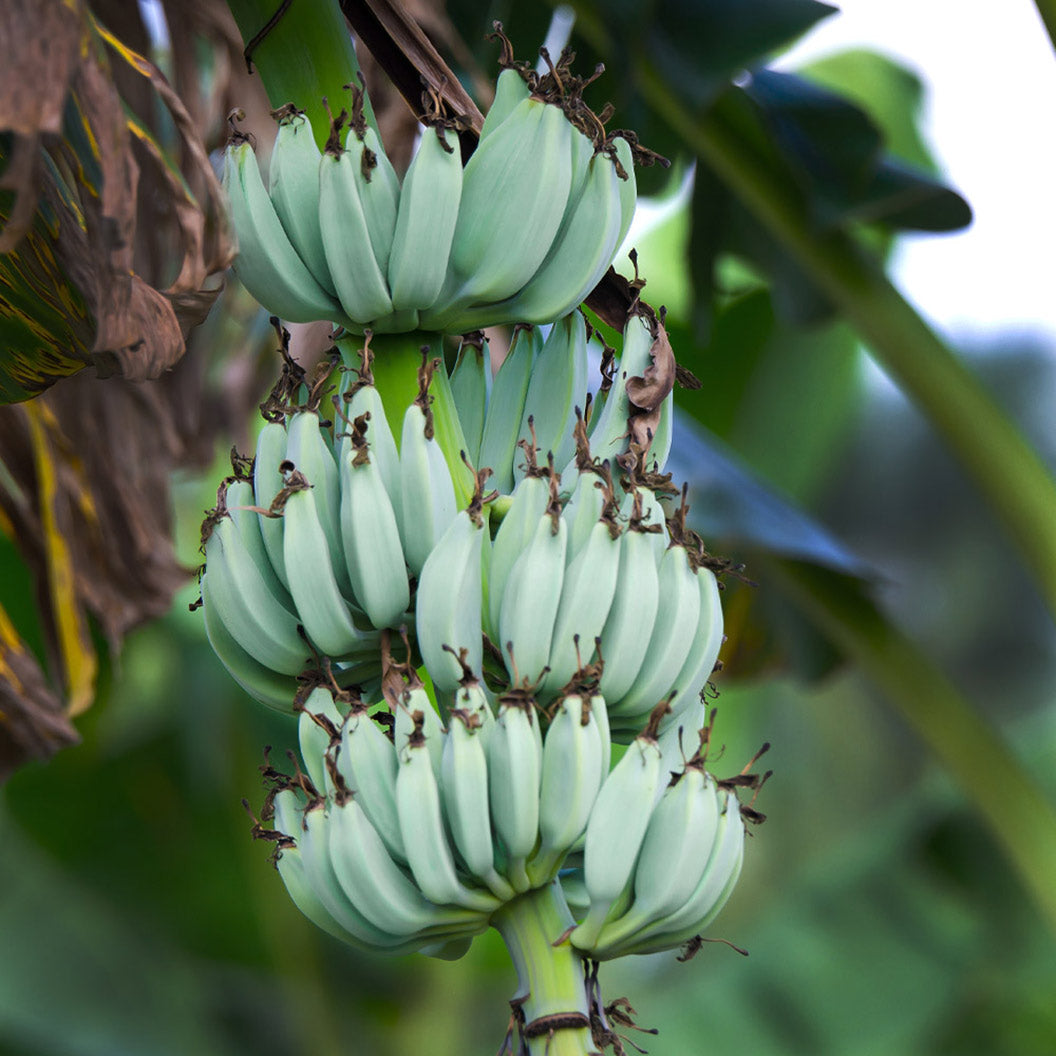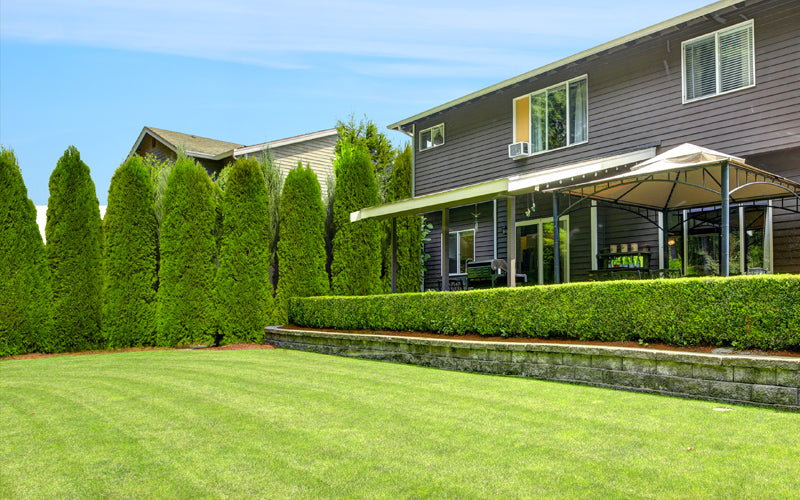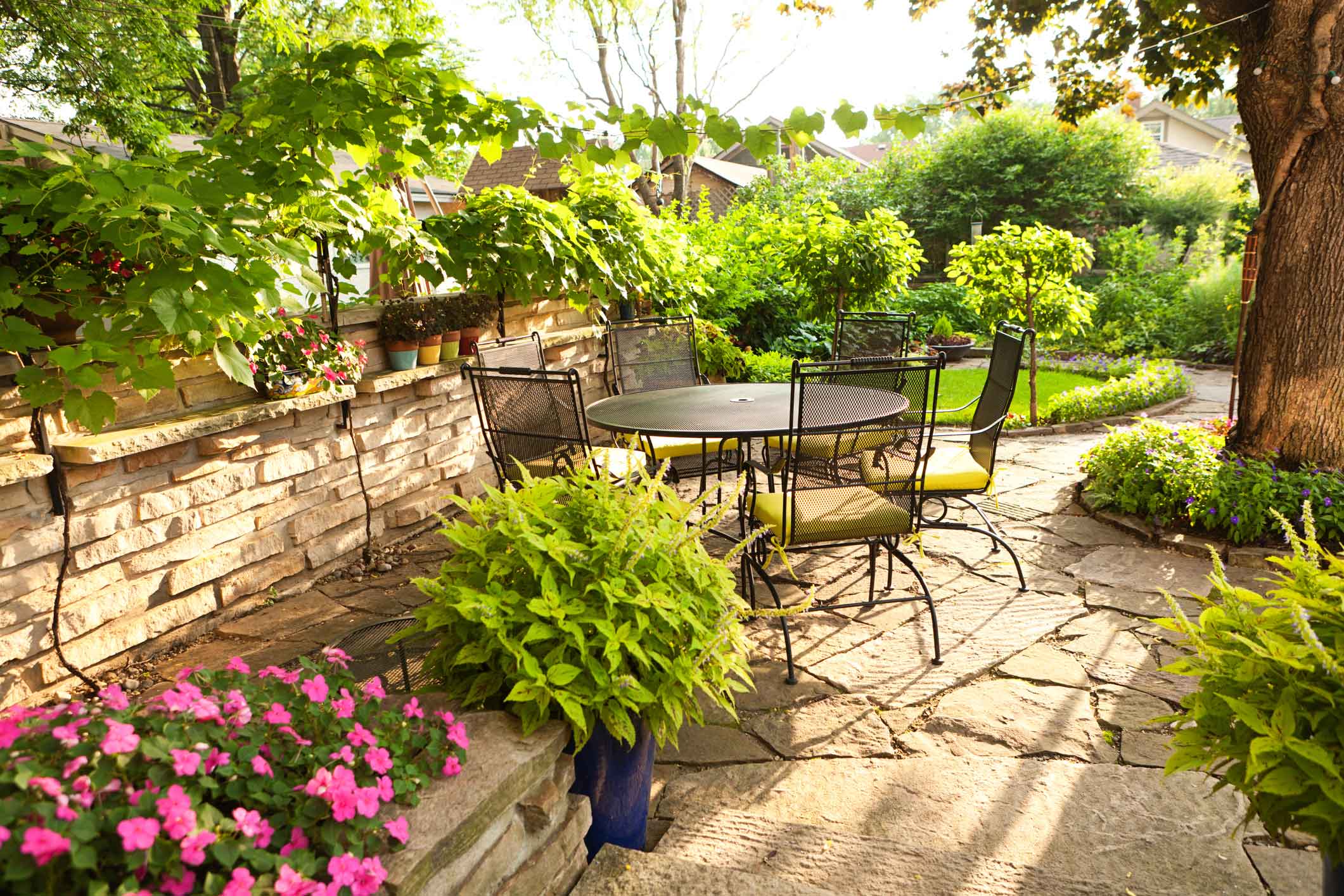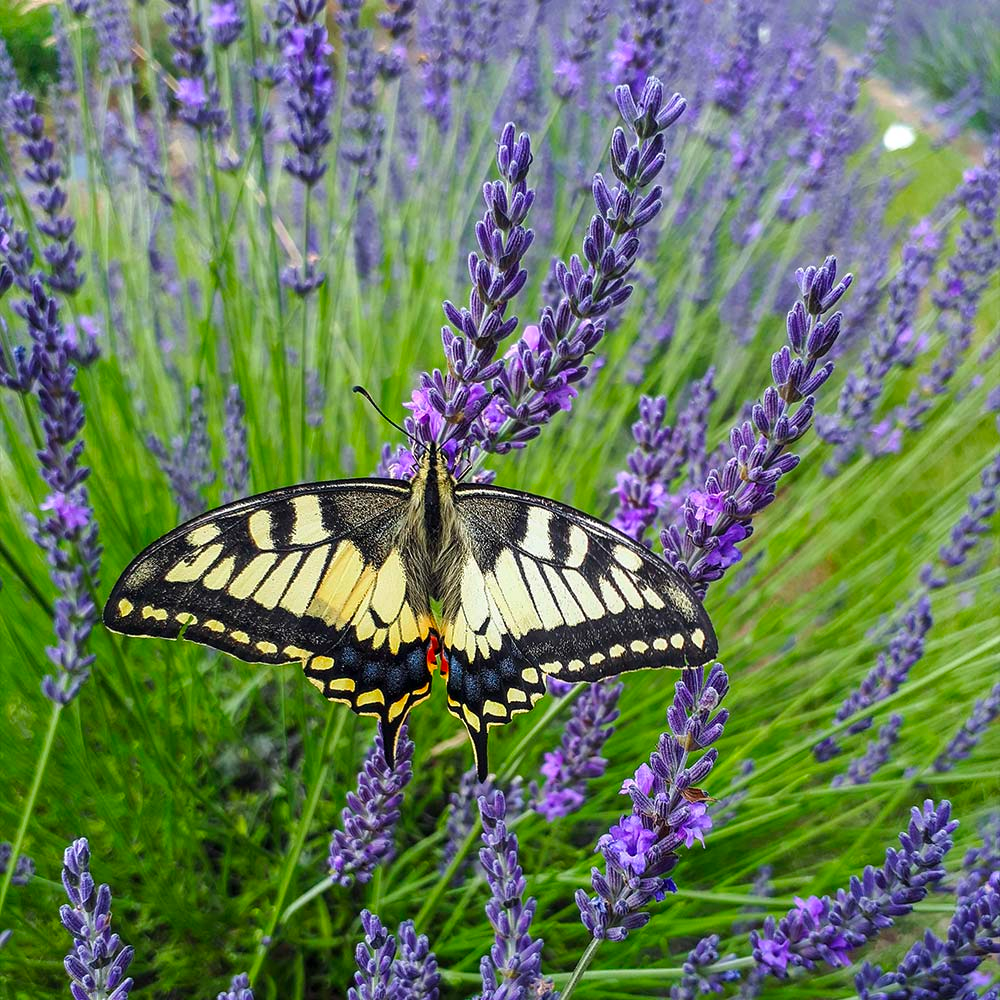Our Best Sellers
See how our plants are shipped to you
We pack and ship our plants with care, so they arrive at your doorstep happy, healthy and ready to grow.

Grow Your Own Citrus
Lemons, limes, oranges, grapefruits and more—squeeze the day with home-grown citrus, perfect for growing indoors or out.
SHOP CITRUS
Find Your Privacy Fit
Make this the year you get backyard privacy! Plant privacy trees now for fast growth this spring, summer and beyond.
SHOP PRIVACYFind the perfect plant
See our plant recommendations

Shop your state
Find what grows best in your area

Get plant care tips for every season
Visit the resource center
Hydrangeas: The Complete Guide for Months of Blooms
Nothing says summer like large clusters of bright hydrangeas, with blossoms that last for months. From the early spring until autumn, hydrangeas de...
READ MORE
Ask a Master Gardener: Anticipating Spring
I call February the month of anticipation. Although the days are not yet getting any warmer, they are slowly getting longer. Many of us are still l...
READ MORE
How to Prune Shrubs: Our Easy Tips for Care
Pruning: Arguably the most intimidating step when it comes to caring for your garden. And really, it's a rite of passage.Successful pruning means y...
READ MORE







